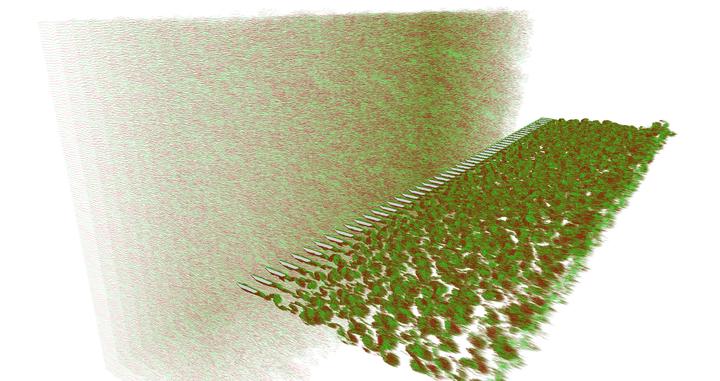Advancements in vortex particle methods for aeroelastic analysis of line-like structures

Abstract
The paper presents numerical extensions of Vortex Particle Methods (VPM) for aeroelastic analysis of line-like structures such as long-span bridges. The pseudo-3D VPM is a coupled algorithm that considers the structural behaviour in 3D with flow modelled in 2D. This multi-strip model is able to predict the changes in vorticity flow due to the variation of cross-section along the longitudinal axis. To model inflow fluctuations, the wind field is modelled externally, converted into vortex particles, and finally, they are released in the free stream to introduce turbulence to the downstream section. As an application study, the flutter and buffeting analysis of Great Belt bridge is briefly presented. Another extension is presented for 2D VPM to model large-displacement fluid-structure interaction (FSI) of thin-walled flexible systems. A structural solver based on corotational finite element method is coupled with the 2D VPM to model geometrically nonlinear effects. The flow-induced interaction of T-shape cantilever and flexible membrane roof of a building have been presented.